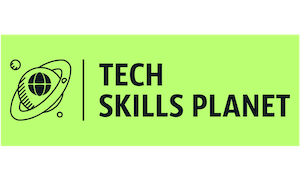So you’ve read the harbingers of doom and the upbeat next age evolution articles on AI, but it feels as if we are missing some practical ideas on how we integrate AI into our current society and structures. It’s a difficult needle to thread, as you are then treading between freedom and control (and of course when you go down the road of control, you then open up the debate on who should be the decision makers on this and off you go down another rabbit hole!). But we shouldn’t ignore the current concerns being voiced as they open up a dialogue that could enable us to more forward with less apocalyptic or blind enthusiasm (delete as appropriate!)
If you’ve not seen it already I recommend watching Simon Allardice excellent video on generative AI –
Always a voice of sanity, he gives a very reasoned view of the limitations and opportunities with ChatGPT. We know its sources may not reveal a complete view of the subject at hand but presents its results with a confidence that is convincing. In time, this will improve for sure as new tools and wider, more contemporary sources are ingested. But there is also the bigger question of authenticity and when we attempt to pass off content as original or accurate. When we delve into the worlds of deepfake, creating image, voice and video of such convincing quality or start to grapple with questions of copyright and artist protection as seen in the current writers strikes, we start to ask how we spot the human or machine.
I’ve been thinking about this whilst I’ve been rekindling my love of writing and in the age of AI, it’s an interesting time to take up that hobby again! In the creative arts, invention, academia and generally for anyone wanting to create, worries about retaining rights and fostering creativity abound. This article from Wired offers an interesting solution to help live in harmony in an AI world – could a simple way to reveal AI generated content be an elegant answer? https://www.wired.com/story/to-watermark-ai-it-needs-its-own-alphabet/
